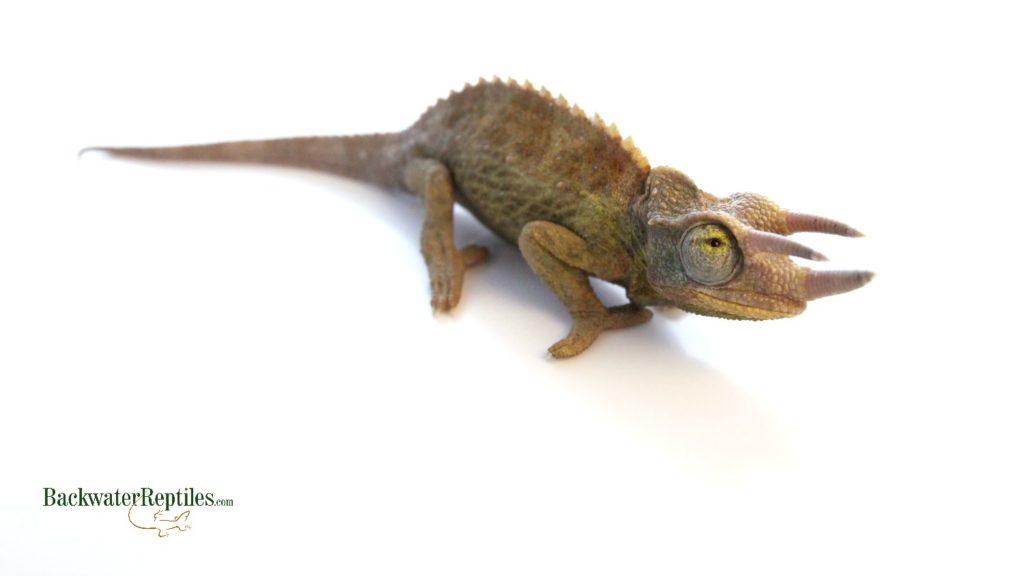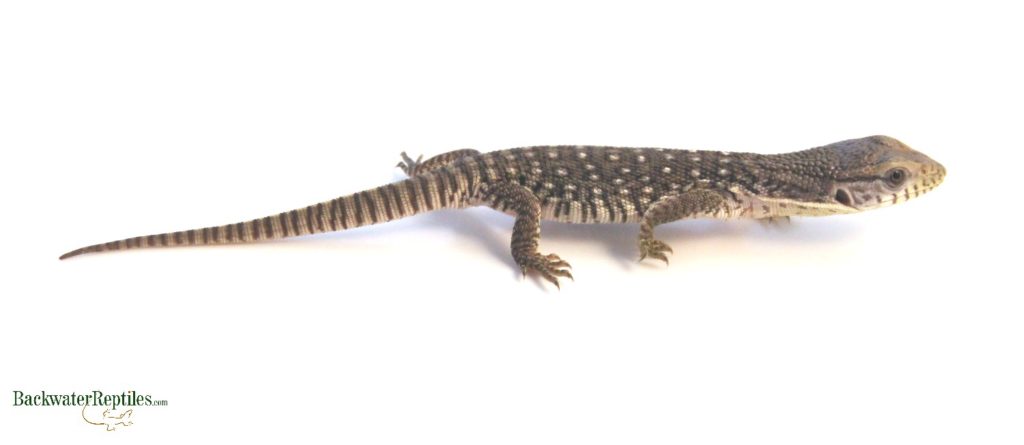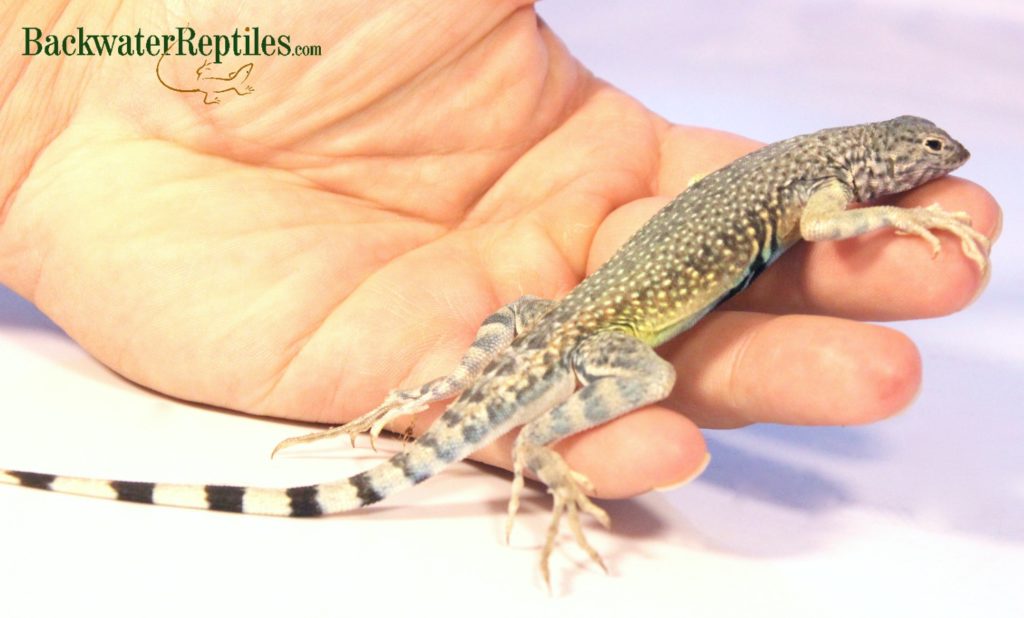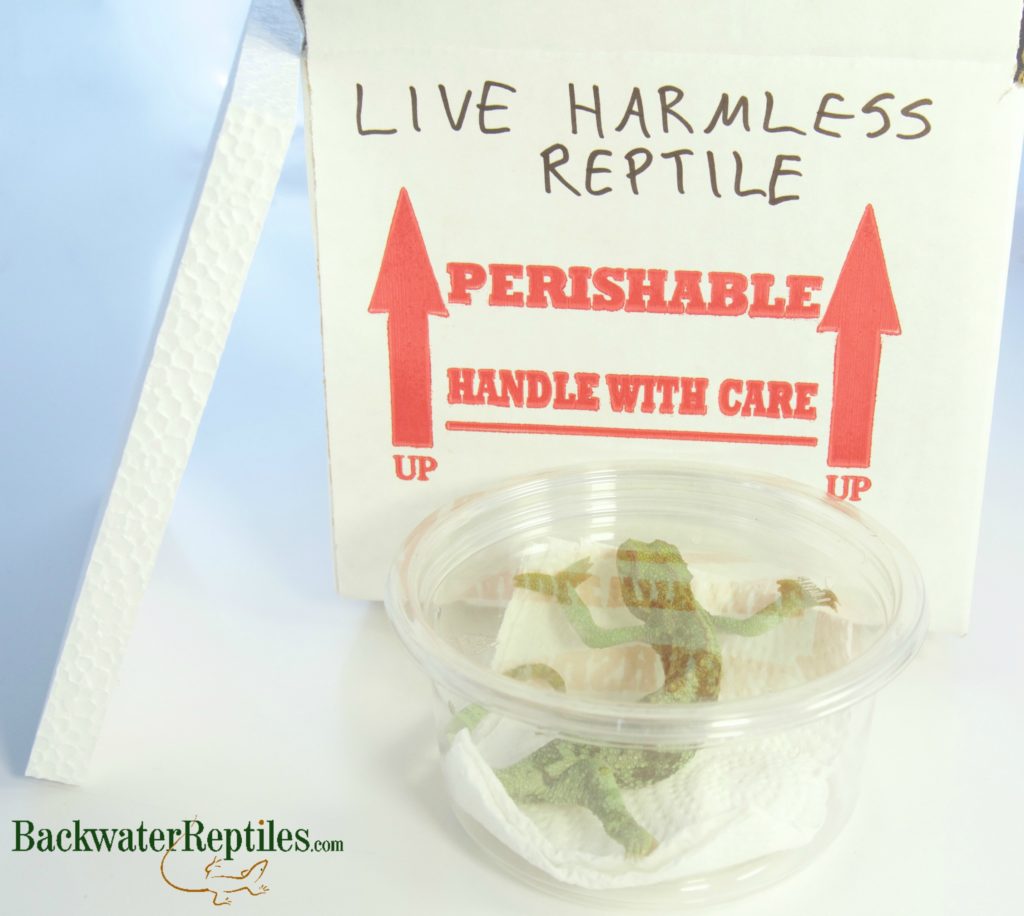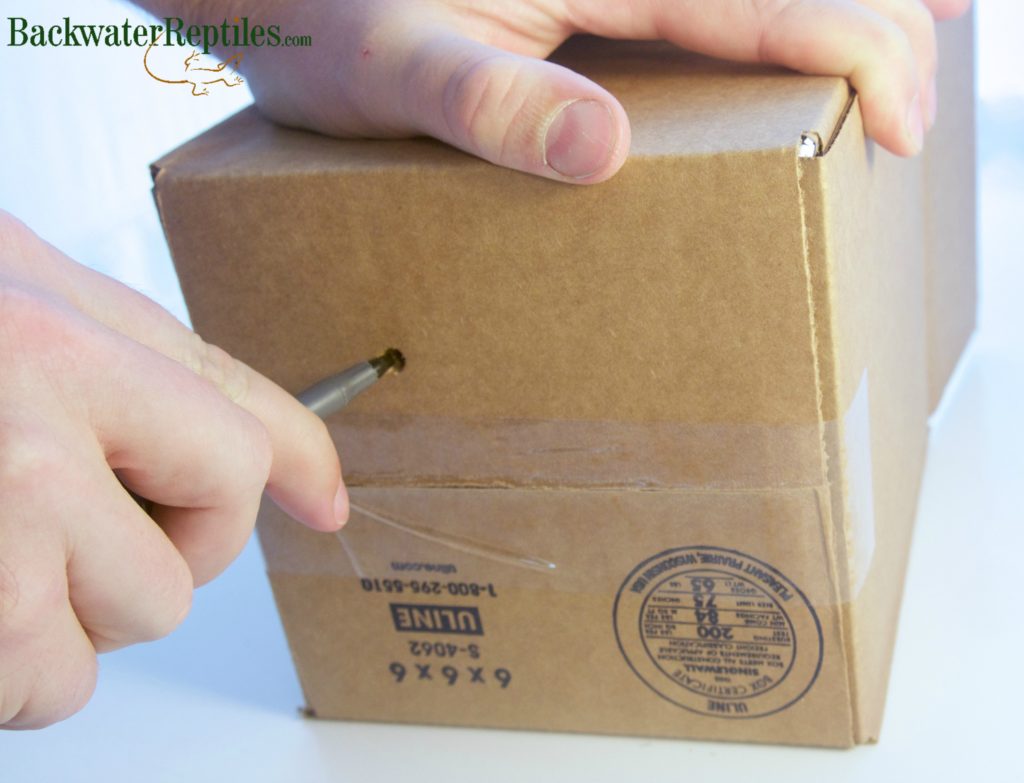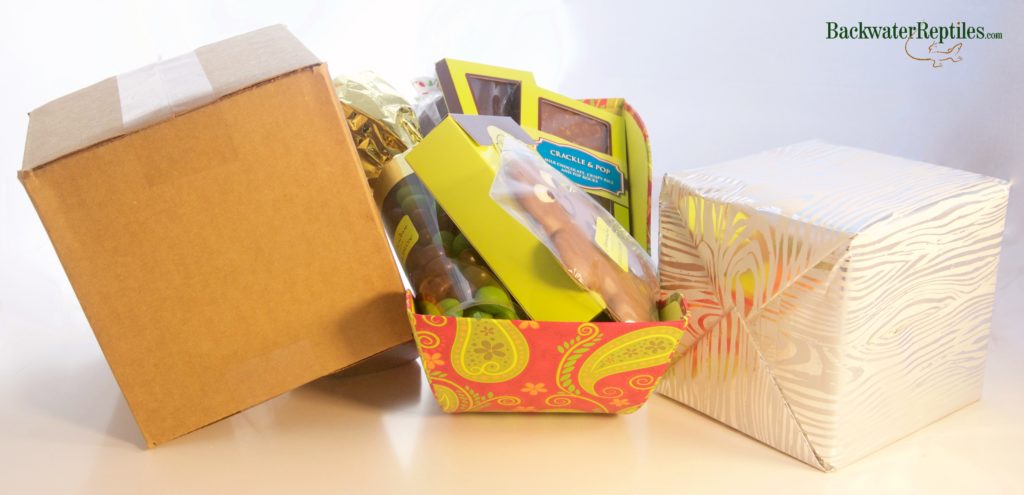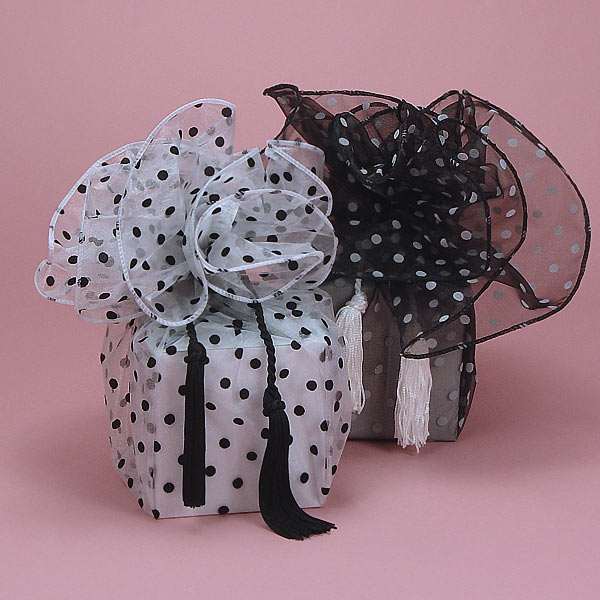It’s safe to say that any one of the Backwater Reptiles employees would love to take a trip to the island of Madagascar. So many unique animals call the island home, including an abundance of rare and beautiful reptiles. It’s an understatement to say that we would be in heaven trekking through the jungle in search of them.
Many of the reptiles endemic to Madagascar are in fact so rare and treasured that it is illegal to import them, let alone keep them as pets. So, until we can book ourselves passage to the island, the closest thing we’ve got to seeing these cool critters in person is this blog article!
Read on if you want to learn more about our favorite species that are endemic to Madagascar. Some of them are actually available for sale on our website, although we do only recommend these species for experienced reptile hobbyists since they are mostly rarer species.
Reptiles Endemic to Madagascar
What does it mean if an animal is endemic to a specific place?
First of all, we should probably explain what it means if an animal is endemic to an area since that is the concept this blog centers around.
In simple terms, it means that any particular animal is only found in a specific region of the world. An animal can be endemic to a continent, a country, a state, or even a city.
However, it can also mean that a particular species is native to a specific area of the world, even if it has spread to other regions accidentally or intentionally.
So, for this particular blog article, we are discussing reptiles that are either only found on the island of Madagascar or that are native to the island of Madagascar.
Reptile Species Endemic to the Island of Madagascar
Parson’s Chameleon (Calumma parsonii)
Parson’s chameleons are probably best known for their massive size. These chameleons are the heftiest of body and one of the largest species of chameleon on the planet. It’s been claimed they grow as large as a small house cat!
Although it is not currently legal to import this giant of a chameleon, Backwater Reptiles is lucky enough to have had a captive bred clutch of babies born in our facility! After a very long incubation period of 582 days, we had thirty-nine healthy babies hatch and have been patiently and carefully working to fulfill these delicate babies’ needs.
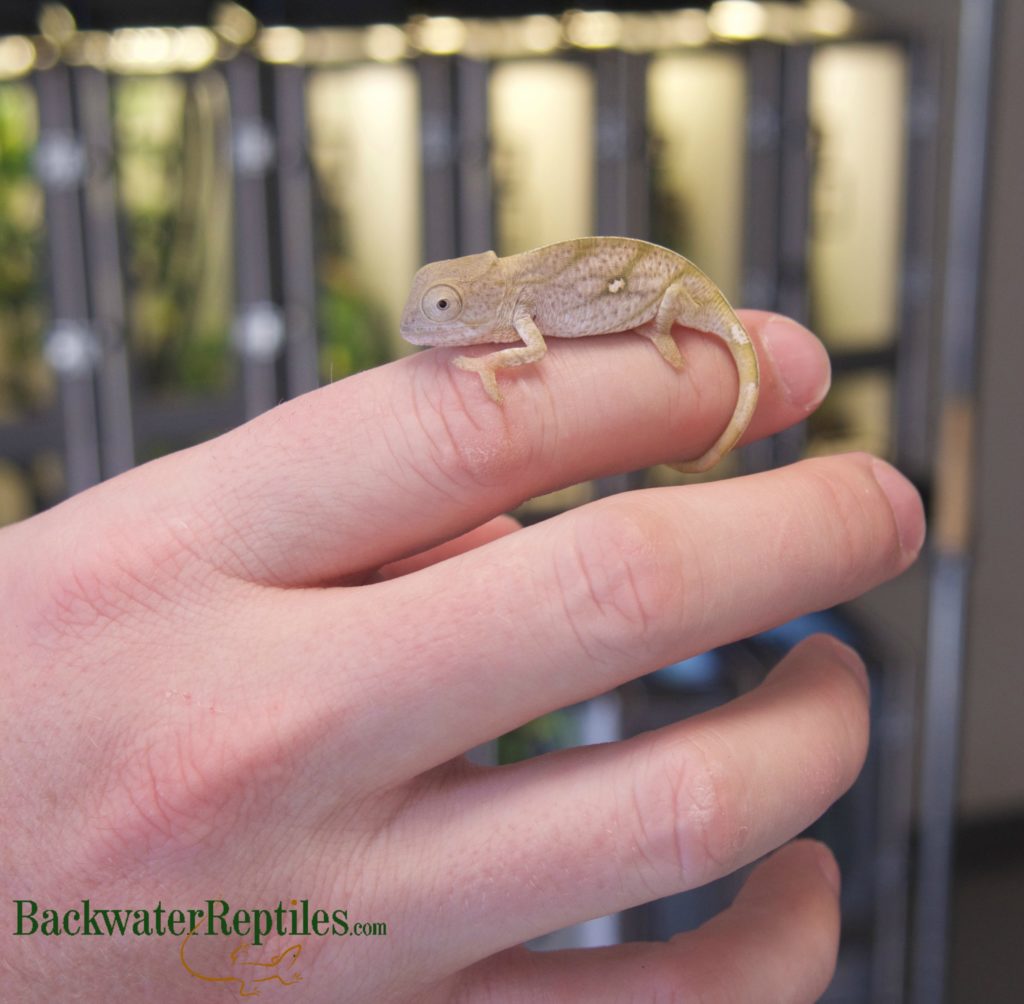
Did you know the Parson’s chameleon has a life span of about twenty years? This means that they are quite the commitment and should not be kept as pets by anyone but the most experienced herpers.
We’d also like to make it clear that due to the rarity and degree of specialized care required to keep a Parson’s chameleon healthy, these are not budget animals. They are pricey and for good reason. Odds are that if you are willing to pay the price for one of these beautiful animals, you have done your research and are prepared to accommodate and work with such a tricky species.
Malagasy Ground Boa (Acrantophis madagascariensis)
This species of boa, which is a reptile endemic to Madagascar, averages approximately eight feet in length. Adult females are slightly larger than males and can reach ten feet long. Believe it or not, but this is actually the largest species of snake found on the island!
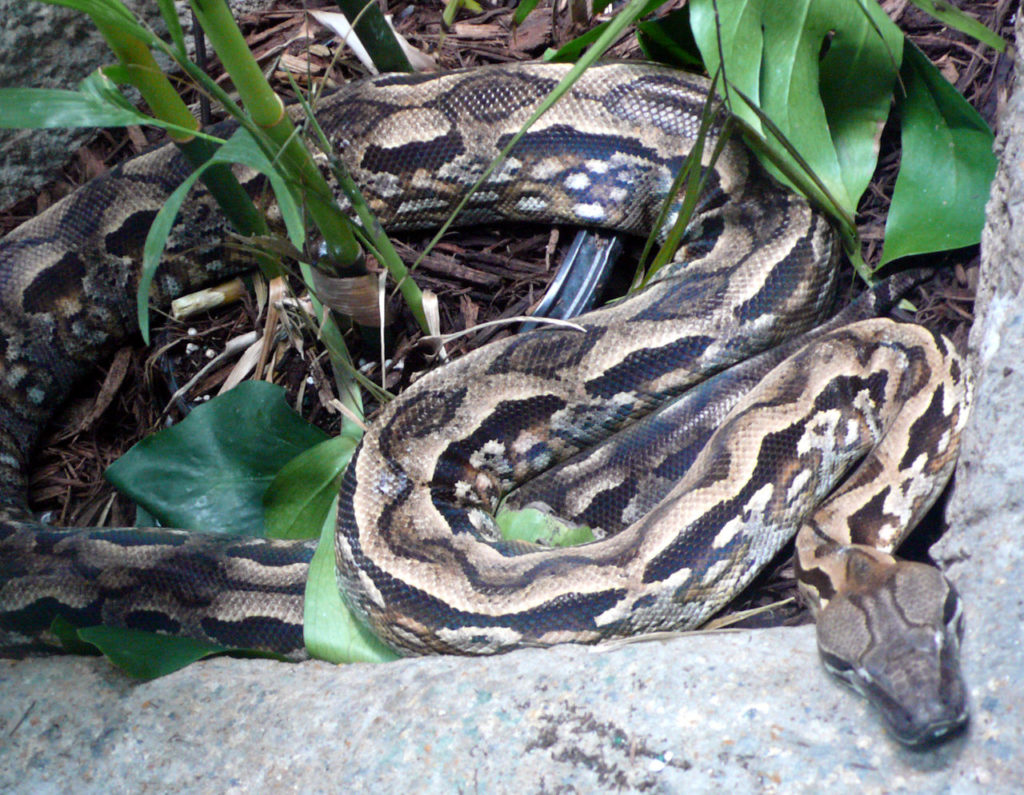
In the wild, the Malagasy ground boa eats mostly small mammals such as lemurs, bats, tenrecs, and other small rodents.
The IUCN lists this species as stable and of “least concern,” but they are commonly killed by locals for meat and snake skin products. They are also widely considered to be bad luck and are killed for their bad habit of preying upon domestic live stock chickens.
Radiated Tortoise (Astrochelys radiata)
Occurring naturally in the southern portion of Madagascar, the radiated tortoise has spread to the rest of the island. It has also been reintroduced to the islands of Réunion and Mauritius.
Although it can be found throughout the entire island of Madagascar, the radiated tortoise is listed by the IUCN as critically endangered. As is the case with many endangered species, this is mainly due to loss of habitat, but poaching and harvesting for the pet trade has also played a large role in this species population decline.

The radiated tortoise is so-named for its boldly colored carapace. Each shell plate is marked with striking yellow lines radiating from the black center.
Like many larger tortoise species, the radiated tortoise has a long life span. One particular tortoise named Tu’i Malila lived to be 188!
Madagascar Big-Headed Turtle (Erymnochelys madagascariensis)
The Madagascar big-headed turtle is listed on the IUCN as critically endangered and it has been said that this species is the thirteenth most endangered turtle species in the world.
Found in permanent, slow-moving bodies of water in the western region of the island, this species is named for – wait for it – its big head! Other than that, it has a fairly ordinary dark brown shell and “turtle-ish” appearance.
Although this species is critically endangered, it is still exported to Asia illegally for the medicine market. Other threats to this species’ population include getting trapped in fishing nets, being eaten for meat, and getting caught on fishing hooks.
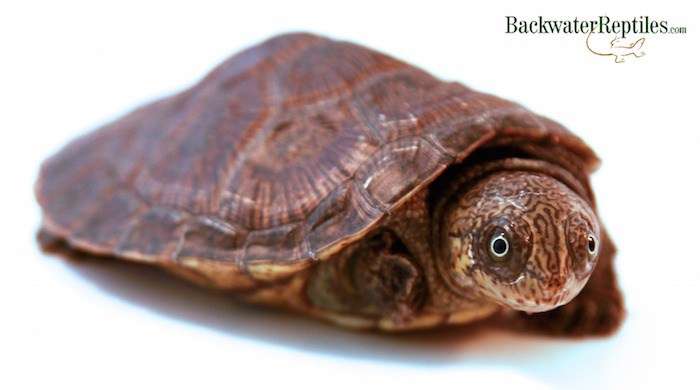
Even though it is illegal to import the Madagascar big-headed turtle to the U.S., there are some breeders that have captive bred animals for sale.
Want to learn more about the Madagascar big-headed turtle? We actually wrote an entire blog article about this unique species since we are fortunate to have purchased a captive bred baby from a U.S. breeder.
Satanic Leaf-Tailed Gecko (Uroplatus phantasticus)
This fancy-looking lizard is known by several common names – the Baweng satanic leaf-tailed gecko, the eyelash leaf-tailed gecko, and the fantastic leaf-tailed gecko. All of these monikers suit this gecko well as its tail and flat body shape very closely resemble a dead leaf.
The Satanic leaf-tailed gecko is another reptile endemic to Madagascar, and nowhere else, so it is a truly endemic species. Its habitat of choice is the trees in the central and northern tropical forests of the island.
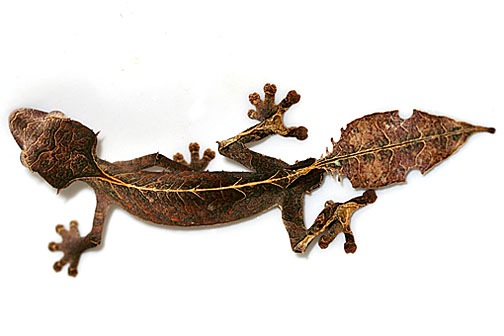
While this species is listed as being of “least concern” according to the IUCN, it is probably the least common species of gecko available for sale as a pet within the Uroplatus family.
Satanic leaf-tailed geckos are nocturnal insectivores. If you are lucky enough to keep one as a pet, it should be fed crickets, moths, roaches, and other appropriately sized insects at meal time.
Antsingy Leaf Chameleon (Brookesia perarmata)
Unlike most of its chameleon cousins, the Antsingy leaf chameleon is a ground-dwelling species of dwarf chameleon with a limited ability to change color. It does not have a prehensile, gripping tail, but rather, a truncated stumpy tail with short spines running down it. It is also covered in scales that make it appear like it is wearing armor, hence its common name.
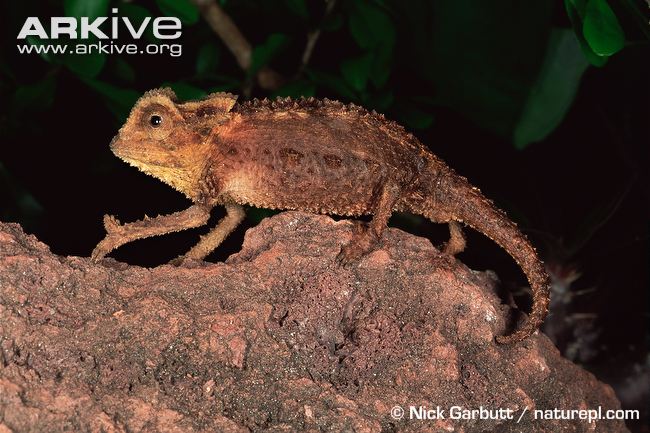
The Antsingy leaf chameleon is listed as endangered by the IUCN largely due to its very specific habitat requirements. It is only found in the northern part of the Tsingy de Bemaraha National Park in the Melaky Region and makes its home in leaf litter of relatively untouched tropical deciduous forests.
Oustalet’s Chameleon (Furcifer oustaleti)
Listed as being of least concern on the IUCN list of endangered species, the Oustalet’s chameleon is not uncommon in the reptile pet world, although admittedly, wild caught specimens are far more common than captive bred ones.
Oustalet’s chameleons are another very large species of chameleon. In fact, they are also commonly referred to as the “Malagasy Giant Chameleon.” They can reach lengths of twenty-seven inches. It’s said that they even surpass the Parson’s chameleon in size, but in our personal experience with both species of chameleon, Oustalet’s are longer while Parson’s are stockier and weigh more.

Oustalet’s chameleons require lots of space when kept in captivity, so we tend to only recommend them to experienced herp lovers. In addition to having large appetites to suit their large stature, these chameleons will require a large, often custom built, mesh screen enclosure, which means they are not appropriate for first time chameleon owners.
If you are ready to tackle such a large species of chameleon as a pet, Backwater Reptiles does sell medium to large Oustalet’s chameleons at competitive pricing.
Mossy Leaf Tail Gecko (Uroplatus sikorae)
Listed as a species of least concern on the IUCN endangered species list, the mossy leaf tailed gecko is not uncommon in the reptile hobbyist world. Not only is this an odd-looking gecko, it is also a fairly docile species and popular with gecko specialists.
The mossy leaf tail gecko is an arboreal lizard with an appearance to help it camouflage into its environment. Because it is a nocturnal animal, it has large round eyes with vertical pupils and it can even alter its color to match its surroundings!
This neat gecko gets its common name because it has a special fringe of skin known as a dermal flap that runs the length of its body that helps make it appear flush with moss, lichen, and other plants that grow on the trees it calls home. What a great way to conceal itself!

When keeping a mossy leaf tail gecko in captivity, you should provide a cage that has more vertical space over horizontal space. These geckos are arboreal climbers and they need lots of hanging plants and branches to hide in during the day.
Because mossy leaf tail geckos are insectivores, you should feed them a varied diet of crickets, roaches, reptiworms, and other appropriately sized invertebrates.
They should have their enclosure misted regularly. We recommend once or twice a day along with providing a water bowl or small fountain.
If you want a gecko that can disappear before your eyes (their camouflage is that good!), then we recommend a mossy leaf tail.
Panther Chameleon (Furcifer pardalis)
Panther chameleons are very popular with reptile enthusiasts and reptile amateurs alike due to their dazzling and eye-catching color spectrum. It’s very common for Panthers to be various shades of red, pink, blue, green, with white accents depending on the animal.
Did you know that the color of a Panther chameleon can change with environment, but that species from specific regions of Madagascar tend to have certain color schemes? Panthers from Nosy Be and Ambanja tend to be blue while those from the Ambilobe and Sambava regions are usually red, green, or orange.
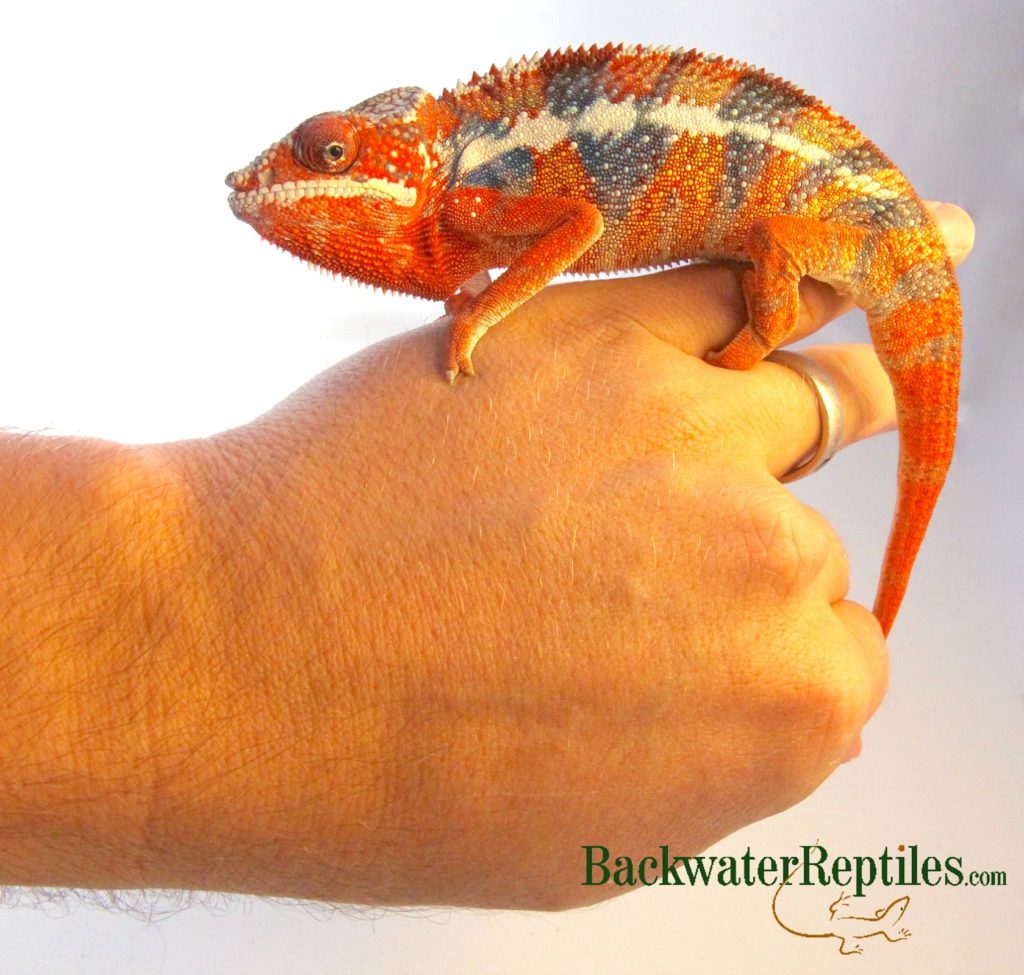
Panther chameleons are very commonly bred in captivity and are one of the hardier species of chameleon that you can keep as a pet. They do still require a mesh cage, specific humidity levels, and UV lighting though.
If you are interested in owning a pet panther chameleon of your own, Backwater Reptiles sells Ambanja, Ambilobe, Nosy Be, and Sambava “varieties.”
Conclusion – Reptiles Endemic to Madagascar
Madagascar is a very unique island filled with reptiles that can only be found on that specific island within an even more specific type of habitat. We will never cease to be fascinated by these creatures and we hope to see some of them in their natural habitat some day!
While some of the species endemic to Madagascar that are found on this list can be purchased as pets, not all of them can and that’s largely due to habitat destruction. That’s why Backwater Reptiles plants a tree in Madagascar for every order placed on our website.
This list of reptiles endemic to Madagascar is by no means all inclusive. It’s just a representation of our favorites. What are your favorites? What species would you add to our list?


